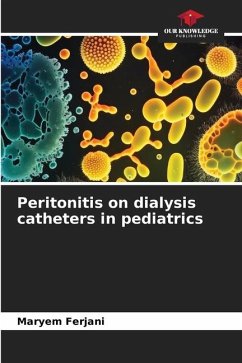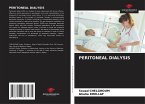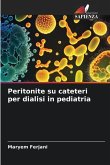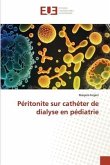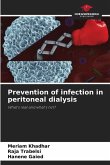Introduction:Infectious peritonitis (IP) on dialysis catheters remains the most frequent complication of peritoneal dialysis (PD) in the pediatric population. Methods: In this study, we carried out a descriptive retrospective cross-sectional study of 85 patients undergoing PD over a ten-year period in the pediatrics department of Charles Nicolle University Hospital, Tunis.Results: The incidence of ID in our series was 0.75 episodes/patient-year. The analytical study identified the following risk factors for the occurrence of IPD: hypotrophy (p=0.0045), manual PD modality (p=0.02) and short catheter use time after insertion (p=0.02).We found a significant rate of definitive PD failures secondary to IPD, but no deaths were secondary to infectious episodes.Conclusion: Given the high incidence density of IP in our patients, targeted primary prevention must be carried out using a well-coded, prolonged training program run by specialized personnel.
Bitte wählen Sie Ihr Anliegen aus.
Rechnungen
Retourenschein anfordern
Bestellstatus
Storno

